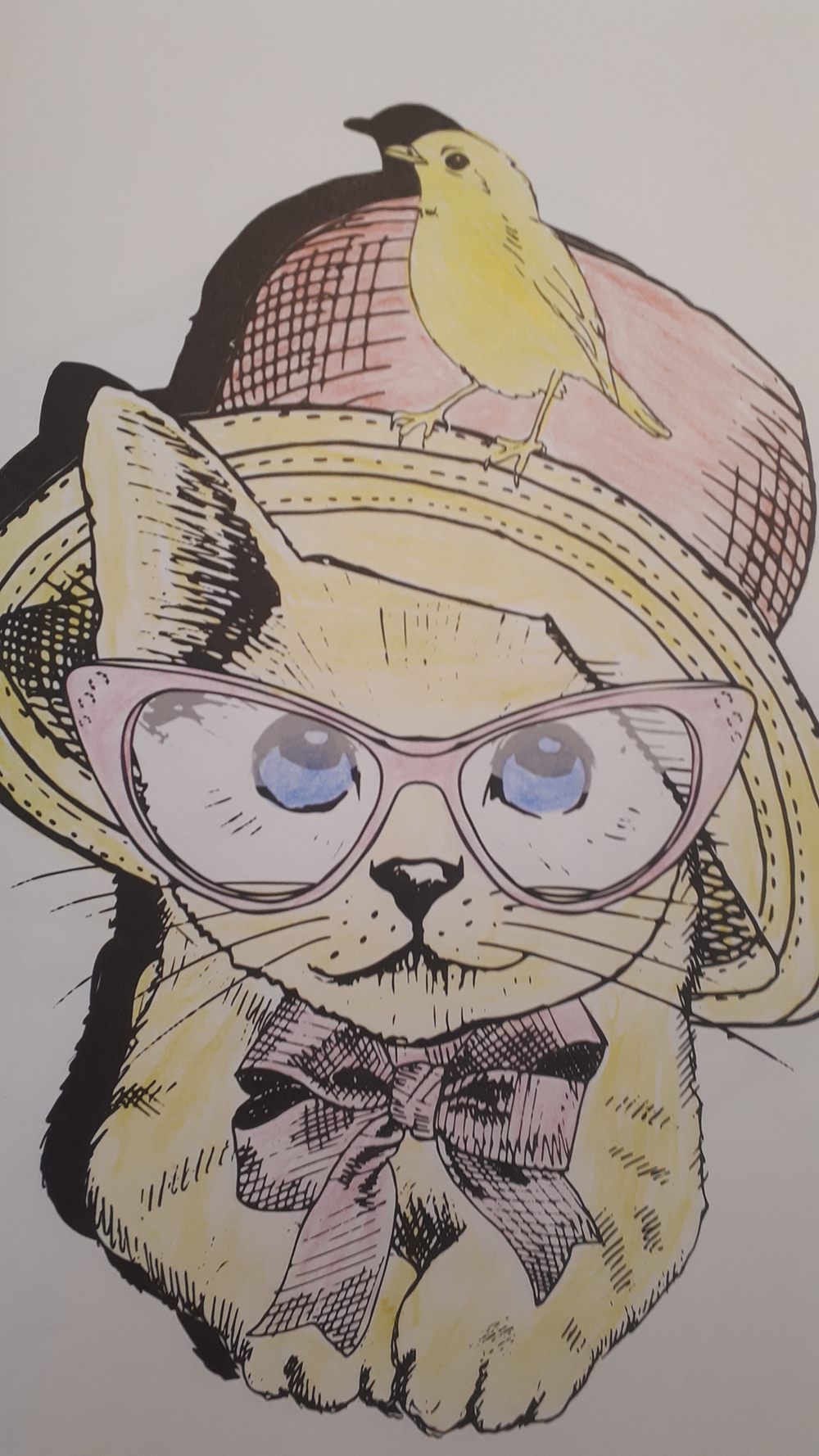Possibility, the pandemic and Pearl: Living well with dementia in the time of COVID-19
When COVID-19 locked down retirement and long-term care homes across Canada, Kim Neudorf was one of many Canadians who felt concern about how the changes would affect her mother.

Kim’s mother, Pearl, lives with Alzheimer’s disease and vascular dementia, and currently resides in a retirement home in Prince Albert, Saskatchewan. Despite the many challenges brought on by the pandemic, Kim and her mother have found ways to live well with dementia.
As a young farmwoman, Mom didn’t ache for something to do. Spare time was in short supply, although in the winter she occasionally had a jigsaw puzzle on the go.
Mom never got into a flap despite demands coming at her from every direction. She never complained about all the mouths she had to feed—including her husband’s, her children’s, the cows’, chickens, pigs’, dogs’ and cats’. She spent hours on food preparation—planting, harvesting, butchering, foraging, hauling water, canning, baking, cooking and cleaning. Mom made everything seem possible; whether it was baking a pie, sewing a suit, knitting an afghan or completing the annual income tax forms for the farm, she just got busy and did it. She was steady and productive.

The slow progression of Mom’s dementia allowed time for adjustment, and helped build resilience for our new reality. It became obvious that her life might be less stressful if it was simplified, allowing her to focus on self-care and things she enjoyed doing.
Living alone in her five-bedroom house, with a yard and garden that demanded heavy work, was enjoyable but exhausting. Routine responsibilities overwhelmed her, and she seemed to be on a perpetual hunt for one item or another—also exhausting. Although she hesitated over the decision to move out of her beloved home, the move into a retirement home provided her with comfort, socialization, safety and security, while preserving her dignity and self-worth.

The pandemic brought abrupt change to Mom’s living arrangement. She could no longer join her friends in the dining room for meals or a cup of coffee. All visits from family and friends, games, and physical activities were cancelled. However, Mom was comfortable being alone. She learned to pass time with low-tech activities such as solitaire, wordsearch puzzles, television and a little reading.
But, the time engaged in these activities escalated with the pandemic, and although Mom was tolerant of the new normal, she agreed she was bored with wordsearch. I reintroduced her to simple jigsaw puzzles, but she found it difficult to locate the elusive piece she was looking for, and the box was put away, unfinished.
At the onset of the pandemic, many people like myself invested in deep cleaning and decluttering. I came across an adult colouring book given to me by a friend. On a whim, I gathered it and the kids’ old pencil crayons from their school days, and approached Mom with the idea. Although art was not something she ever did, she fell in love with colouring. The tremor in her hand seemed to disappear, each piece so neatly completed with evidence of care and pride.
“It’s such a good pastime, and the time just flies,” Mom beamed. “The colours really change the picture,” she said, admiring one of her favourite butterfly scenes.

Each time we visit, behind my mask, I make a point of asking her to share her art. These are happy times. Her work reminds me of how particular she was at most everything—not in an anxious, overly perfect way, but rather as someone who was steadfast, assured, enjoying the moment. I suspect that is why her perogies never fell apart in the boiling water; why her buns were always uniform in size with golden, chewy crusts; why every variety of her pie was a delicacy; and why her stainless steel pots shimmered, just like her car in its clean, organized garage.
To keep the grandchildren connected to their grandmother, I forward pictures of Mom’s adorable work: pink kittens with bright blue eyes, wearing pastel toques and scarves; Canadian beavers moving through a shoreline of wildflowers; birdhouses accompanied by jewel-coloured birds.
I’ve learned that, although Mom lives with a degenerative disease, her future still holds possibility—possibility for personal satisfaction, possibility to enrich others’ lives with joy, and the possibility to discover something new.
Update: August 2021
Mom continues to live well with Alzheimer's disease. In the moment, she functions quite well—familiarity and routines contribute to her independence. She's always had an overarching attitude of acceptance and a sense of humour, which boosts her resiliency. When Mom is confronted with a lapse in her memory, she replies lightheartedly, "At least I remember to get up in the morning and go to bed at night."
Through these months, Mom's capacity to go for a long walk has diminished; nevertheless she is is happy that she rarely needs her cane. She continues to colour, work at Word Find, play solitaire and attend exercise activities (when she remembers).
